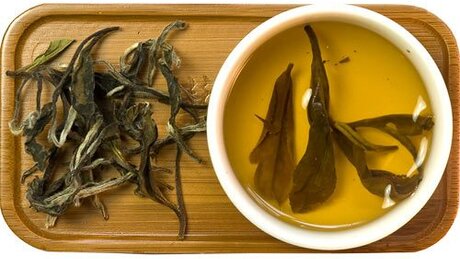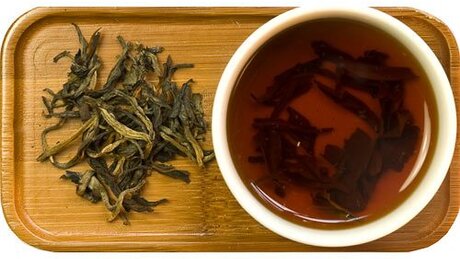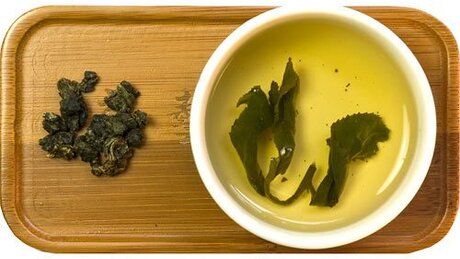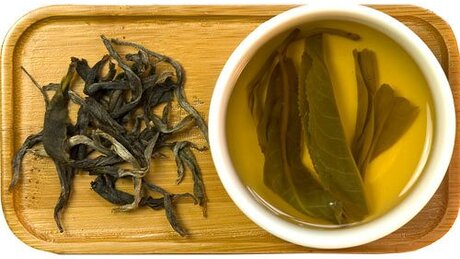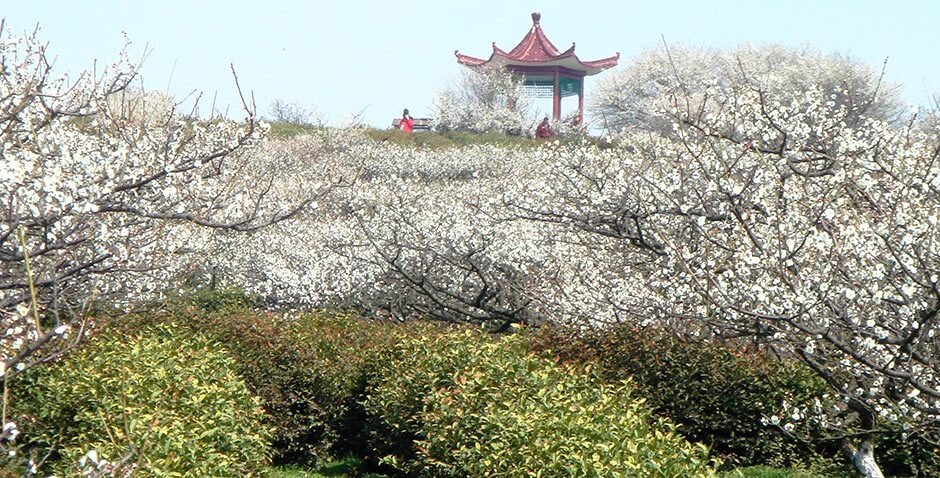Green tea undergoes most tender processing. Therefore the beverage in its chemical composition comes out to be the closest to the growing tea leaf. It is refreshing, gives vivacity and strength to body.
Yellow tea is similar to green tea but exposed to heaping procedure. Compared to green tea it is less irritating for the stomach. Its taste is peculiar however complicated and laborious production process makes it quite rare to find.
White tea undergoes minor processing. It is produced of a specific sort of tea plant and in China is considered to be rather medicine than a mere delicious beverage. Good for everyday use as anticancer aid in a polluted megalopolis.
Red tea in Europe is known as «black». Comforting and warming it bears the energy of fire. It boosts immunity, invigorates. In our culture at the table it is associated with sweets, however Chinese tea is a stand-alone serving to be enjoyed without any supplementing products.
Oolong — tea complicated in production with bright fruit and floral aromas. Very tasty and versatile. Today it becomes extremely popular for weight loss properties due to the large content of fat burning polyphenols.
Dark tea is a special type of tea. Famous for its unusual production technology, and as a result — a special taste, odor and effects on the body. The most famous dark tea — pu'er, is produced of leafs originating exceptionally from Yunnan province using two different technologies: shu and shen pu'er.
Such division is based upon the diverse technologies of producing dry tea from the raw leaf. The harsh examples assume that it is possible to produce all types of tea from the same tea plant. Theoretically this can be achieved. The tea made using oolong technology will be called «oolong tea» however its taste qualities may not meet expectations. For each of the aforementioned tea types besides the processing technology many other nuances are of significance.
The origin. The climate in China is heterogeneous and in different regions tea growing conditions vary. It grows on diverse soils, at different altitudes, in diverging temperature ranges therefore its leaf accumulates versatile substances affecting the taste and aroma of the tea. For instance in Yunnan the large leaf trees are in abundance while in Fujian small leaf tea bushes prevail.
Cultivation environment. There are certain tea types that are grown under specific conditions. For example, the Emerald spirals of spring are planted among the fruit trees to tincture the tea leaf fragrance with fruity notes which tenderly unveil themselves at brewing. On the same mountain — at its foot, in the middle and at the top — the taste of the growing tea will differ and its value will differ as well.
Tea cultivars. China has both tea trees reaching over 20 meters in height and tea bushes. Tea leafs are also distinguished as wide, narrow, round and small. There are special bushes for white tea with thick white hairs. The bush of Tie Guan Yin has given the name to the whole range of Oolongs distinguished by heavy, harsh textured leaf. These are a few examples illustrating that each type of tea requires the specific tea plant cultivar. Please, do not get confused. Green tea can be produced from any tea bush as «green» implies the technology of leaf processing. However the Dragon Well from Xi Hu lake can be made only from specific bushes growing in the specific location.
Harvest time. Each tea type has the respective harvest time. Sometimes different teas can be produced from the same plant: white tea of buds in February, red tea of tips in March and green tea of leaves in April. Yet only one type of tea is produced after all distinguished by quality grades, which depend on the period of its harvesting.
Leaves for processing. Each type of tea requires the specific leaf of the tea plant. There are teas produced exceptionally of buds, others — of tips (the bud and one-two leaves), some are made of large leaves, while production of others uses whole offshoots with several leaves. Technologists give clear instructions to the gatherers what leaves should be flushed today for tea production.
And upon consideration of all nuances the production technology perfected by centuries makes possible to acquire the desired tea type. However we’ll get back to the technology later.
If you decide to try all types of tea in order to get an idea of their taste it is worth to keep it in mind that each of those six types has its special brewing technique involving the temperature range, tea ware, quantity of tea and the best way to deliver its taste.



